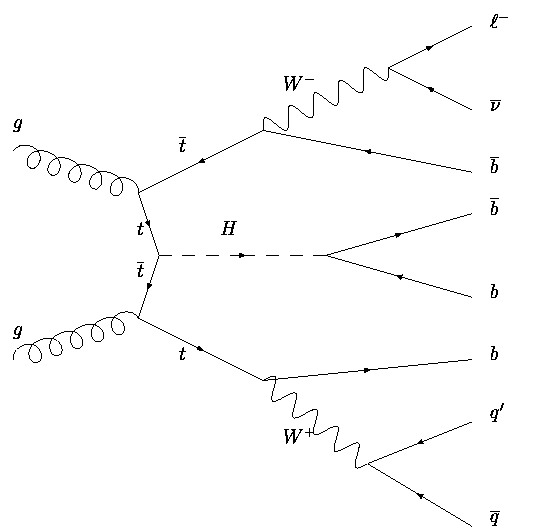

Lorem Ipsum is simply dummy text of the printing and typesetting industry.

Lorem Ipsum is simply dummy text of the printing and typesetting industry.

Lorem Ipsum is simply dummy text of the printing and typesetting industry.
ATLAS is one of the experiments that operates at the CERN Large Hadron Collider (LHC) where proton-proton and heavy ion collisions take place at unprecedented high energies and luminosities, opening a new frontier in particle physics. The ATLAS LIP group collaborates with almost 200 other institutes in more than 30 countries to study the most fundamental constituents of matter and the basic forces that act between them and have shaped the Universe since the beginning of time. We took part in building the ATLAS detector and work on its maintenance, operation, and upgrade for future operation.
Our research at LIP spans physics studies in the Higgs sector, top quark, heavy ions, and exotic physics. Our main detector responsabilities are in the TileCal hadronic calorimeter, the High Level Trigger and the new ATLAS Forward Proton tagging detectors.
This exploratory research project focuses on the essential channel of associated production of a Higgs boson with a top-quark pair, which is one of the priorities for the LHC run-2 and has generated much interest from the experimental and teoretical communities. This channel provides direct access to the top Yukawa coupling, the highest coupling in the SM due to the high top-quark mass. It also provides an experimental route to measuring the CP quantum numbers of the new particle, or mix of CP eigenstates in New Physics scenarios. This is however a very challenging channel, due to its small cross section and large irreducible backgrounds, mainly from top-pair production.
This research project explores novel ways to discriminate between the ttH signal and the main irreducible background of associated production of top- and b-quark pairs, ttbb, through the use of variables sensitive to the spin of the Higgs boson.

Laboratório de Instrumentação e Física Experimental de Partículas LIP.PT